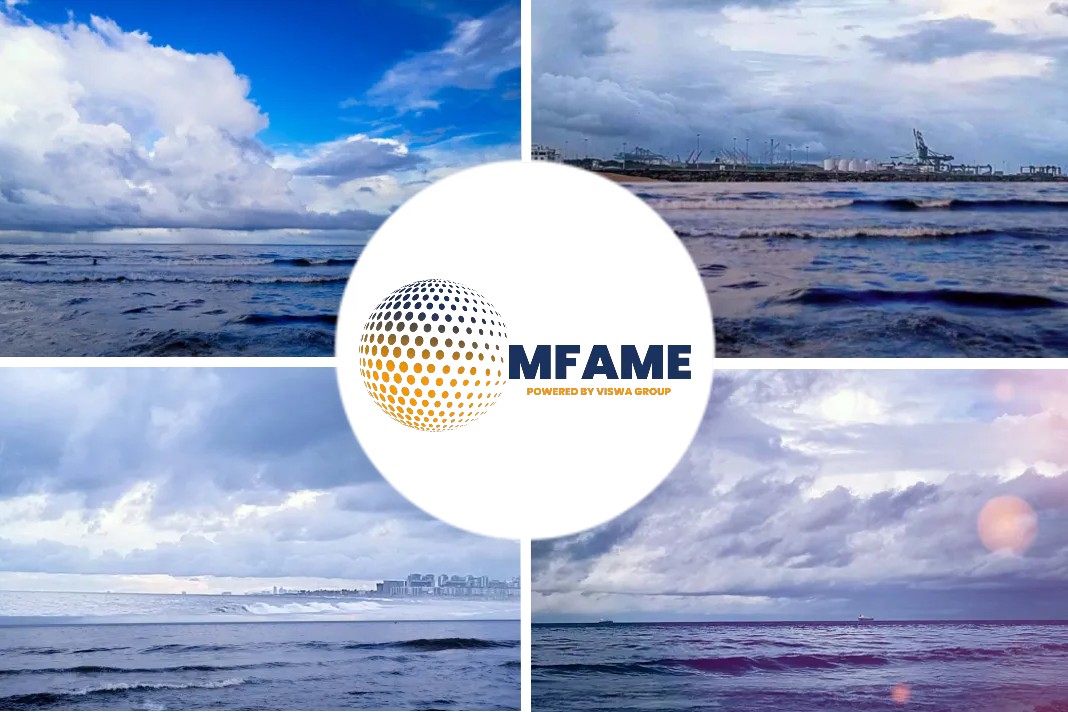 The European Commission’s “Fit for 55” policy package opens a powerful new opportunity to decarbonise shipping—a sector with a growing share of global emissions (roughly 3%) that is not covered by any EU climate target, says an article published on EDF website.
The European Commission’s “Fit for 55” policy package opens a powerful new opportunity to decarbonise shipping—a sector with a growing share of global emissions (roughly 3%) that is not covered by any EU climate target, says an article published on EDF website.
Fit for 55
Fit for 55 package is the most robust policy proposal package set out by any of the world’s economies to date and signals to the international community that the EU is focused on its new target to reduce emissions by 55% by 2030. The Commission’s proposal to include international maritime transport in the EU Emissions Trading System can carry shipping a long way to a zero-carbon future.
However, the policy suite fails in other ways to steer shipping entirely away from fossil fuels. Instead of kicking the can down the road, Brussels should chart a course that steers the sector away from liquefied natural gas (LNG) and toward cleaner options.
EU must stop favouring LNG
One key feature of the package, “Refuel EU,” mandates a progressive decrease in the carbon content of marine fuels. Unfortunately, the European Commission has put forward targets that will boost the use of LNG and biofuels in shipping—a pointless half-measure that will not lead to real transformative action. It is a sorely missed opportunity. If appropriately designed, the Refuel EU fuel standard could incentivize zero-carbon fuels.
Furthermore, the Alternative Fuels Infrastructure Directive (AFID), sets targets for LNG infrastructure in Europe’s core ports that are counterproductive—LNG is a fossil fuel and the associated methane leakage undermines any significant climate impact. The Commission should have taken this opportunity to turn the page on their earlier mistake by setting out a target for zero-carbon bunkering infrastructure this decade in Europe’s TEN-T core ports.
Carbon pricing, and beyond
The “Getting to Zero” industry coalition wants zero-emission vessels to be commercially viable by 2030. Green hydrogen and ammonia e-fuels—which may take the lion’s share of international shipping fuel burn by 2050—will also play a key role in decarbonizing global shipping as long as smart policy incentivizes uptake and minimises hydrogen leakage to maximize the climate benefits of green hydrogen based fuels.
The Commission’s proposal to include shipping emissions for the first time in the EU ETS—with an impressive scope covering intra-EU journeys and 50% of incoming and outgoing—begins to make headway in the formidable task of getting to zero-carbon shipping. Although the scope is ambitious, a gradual phase-in mechanism over four years means it would only really reach its full potential by 2026.
In the absence of measures beyond the EU ETS to incentivize zero carbon fuels, LNG and biofuels will become cost-competitive before green e-fuels. Almost a fifth of all new vessel orders are currently for fossil gas LNG vessels. The EU should take this moment to avoid locking the industry into an inferior fuel like LNG that can, at best, only deliver 20% emissions reductions.
Summary
- The European Commission’s “Fit for 55” policy package opens a powerful new opportunity to decarbonise shipping.
- Fit for 55 package is the most robust policy proposal package set out by any of the world’s economies to date and signals to the international community that the EU is focused on its new target to reduce emissions by 55% by 2030.
- One key feature of the package, “Refuel EU,” mandates a progressive decrease in the carbon content of marine fuels.
- The “Getting to Zero” industry coalition wants zero-emission vessels to be commercially viable by 2030.
Did you subscribe to our daily newsletter?
It’s Free! Click here to Subscribe!
Source: blogs.edf.org






















